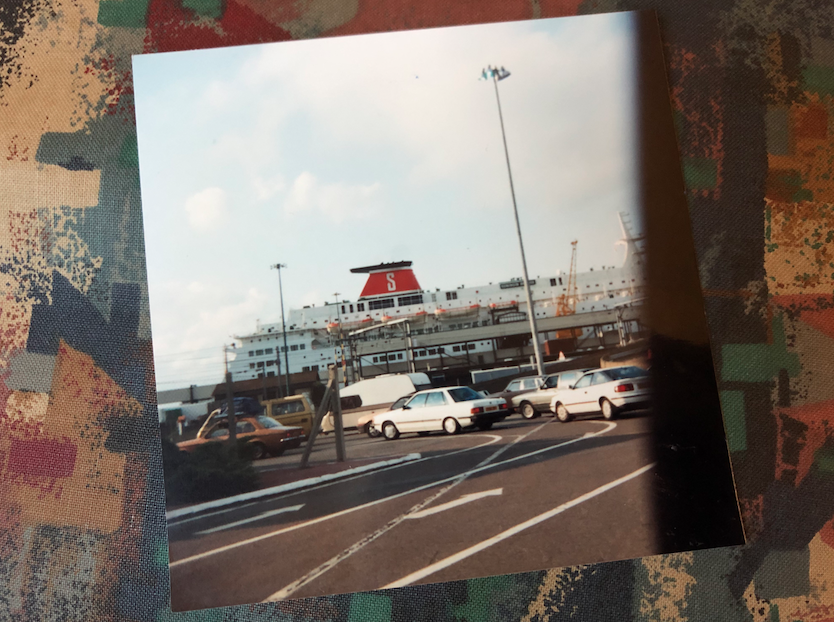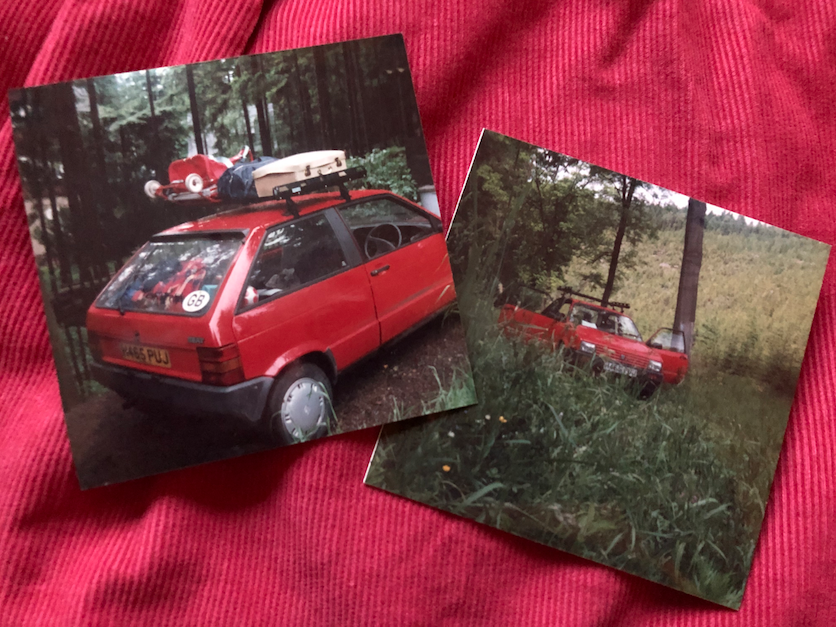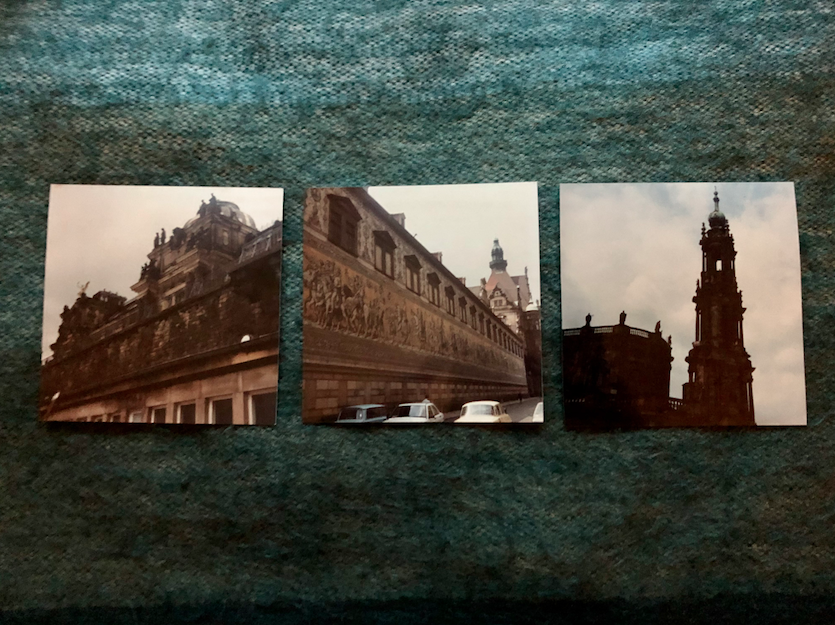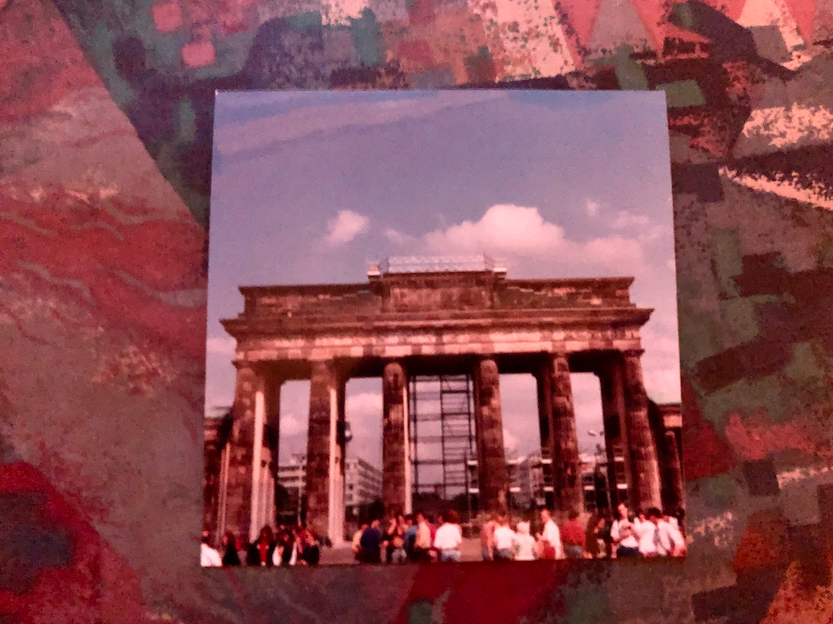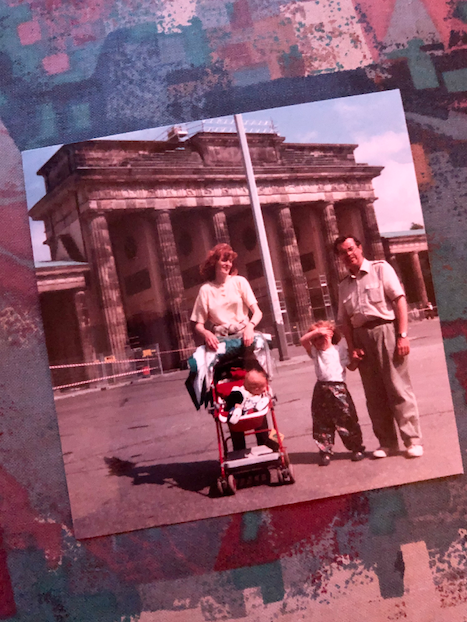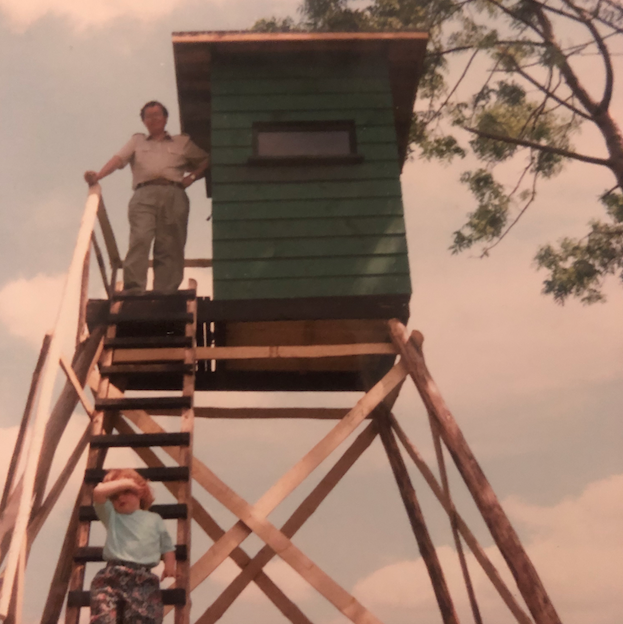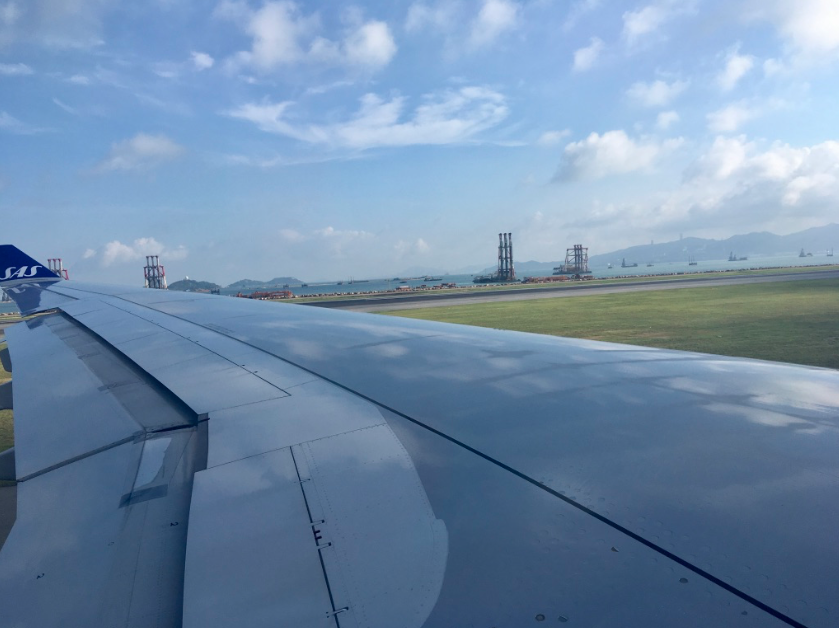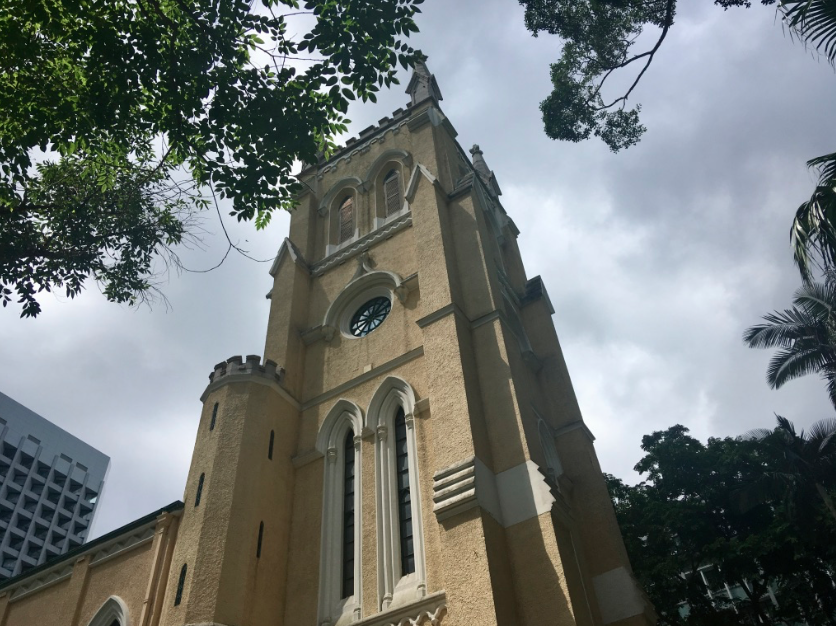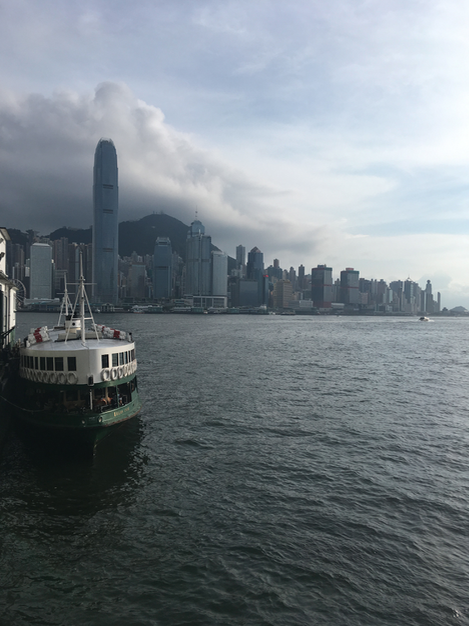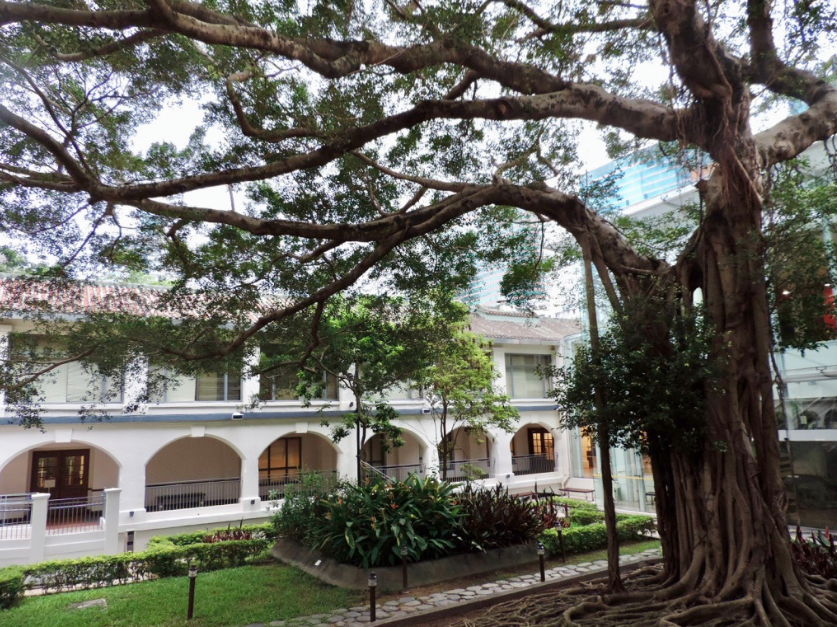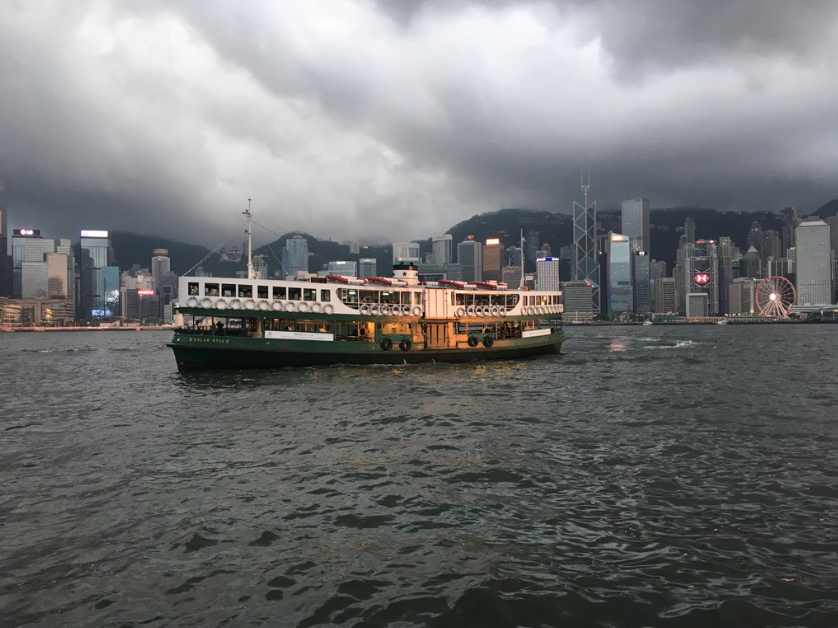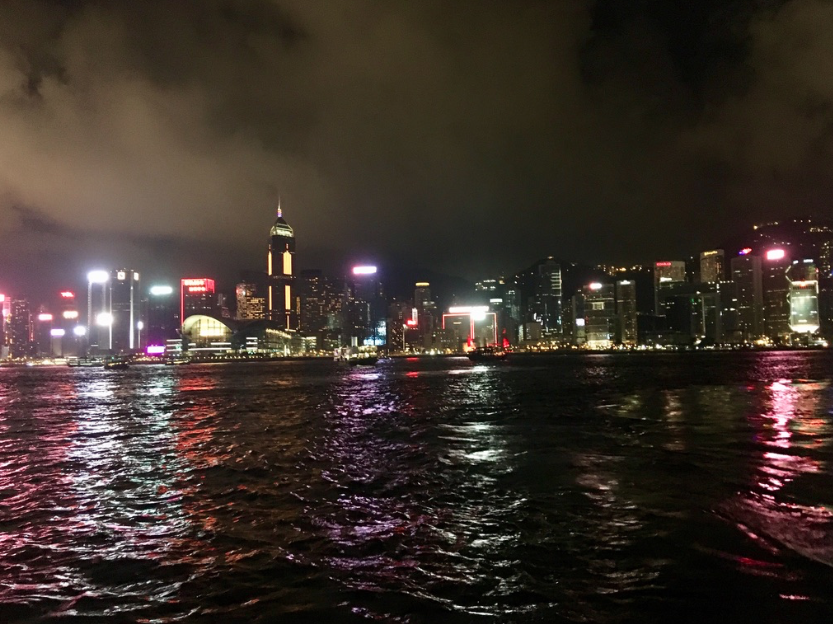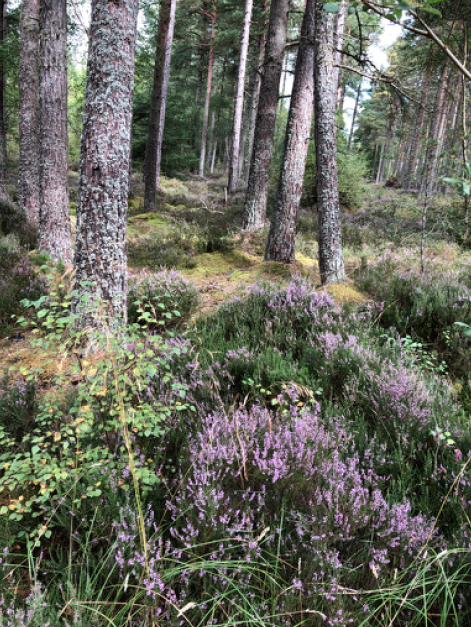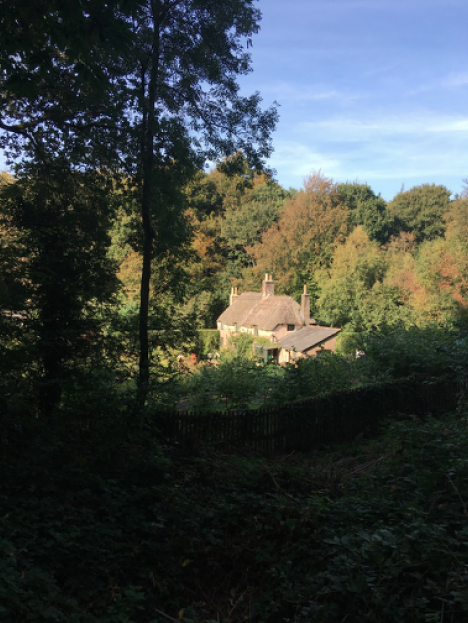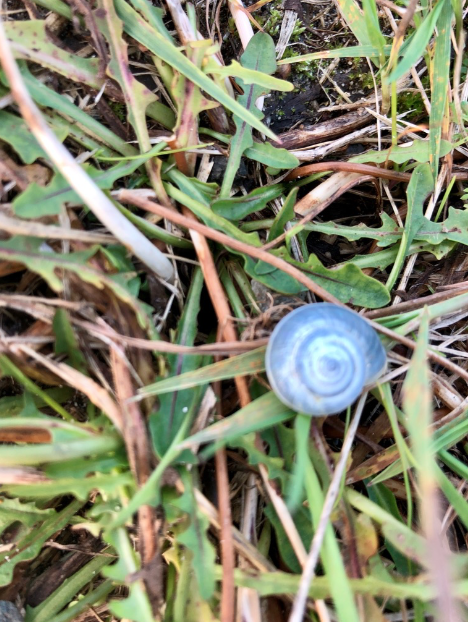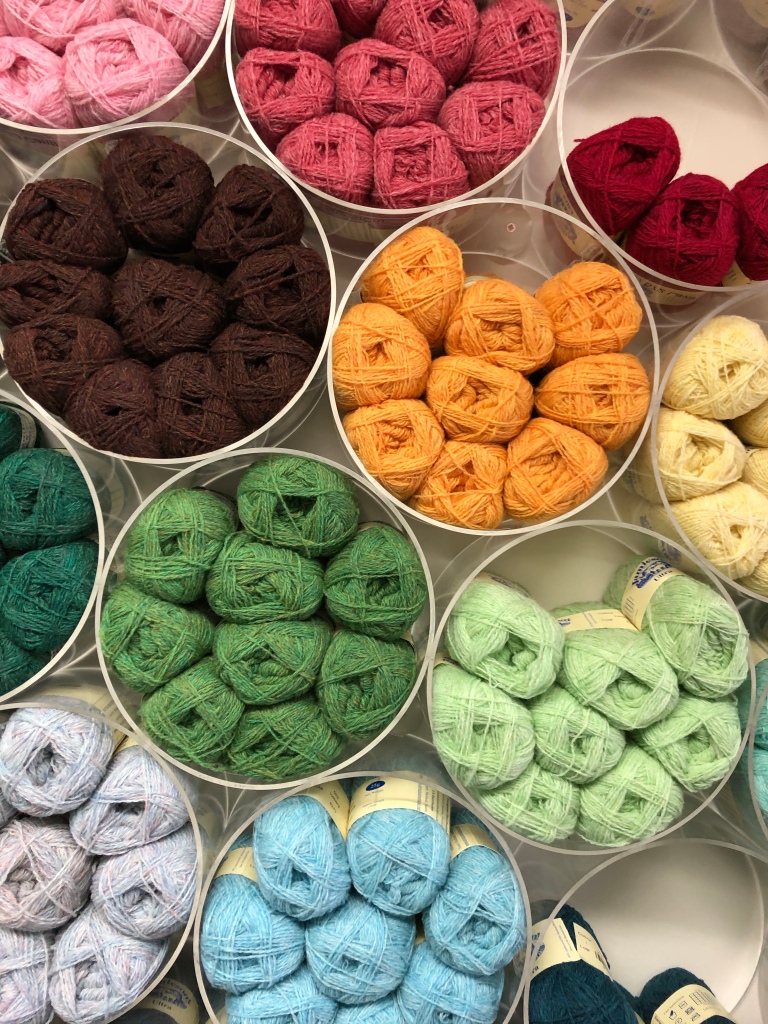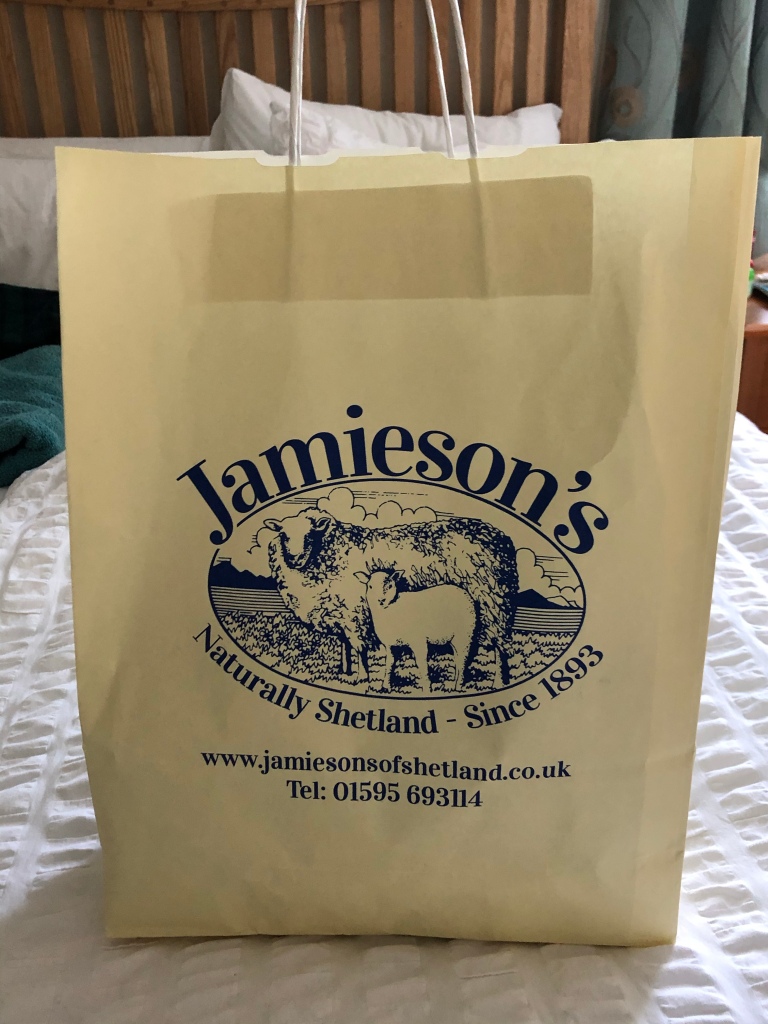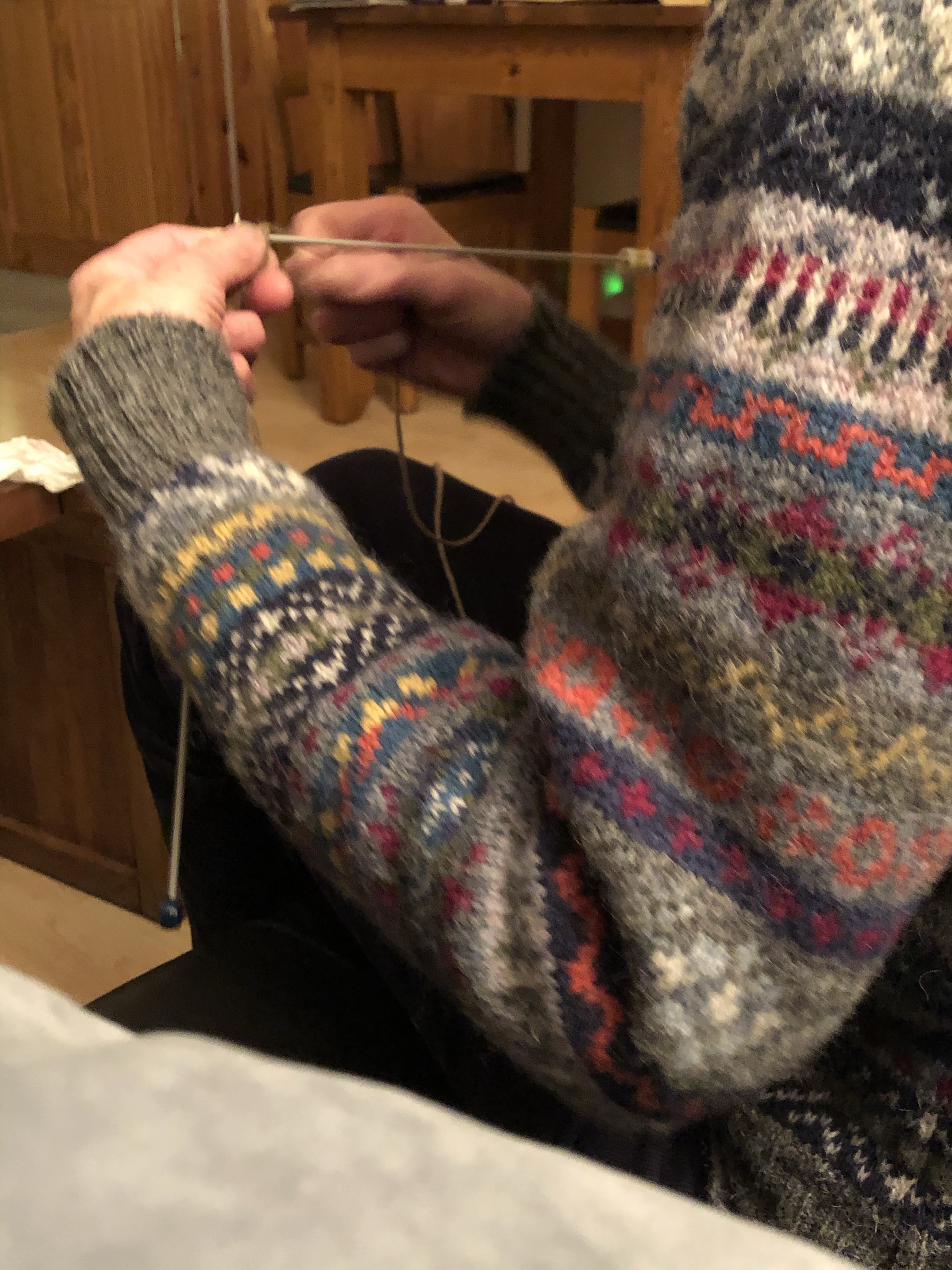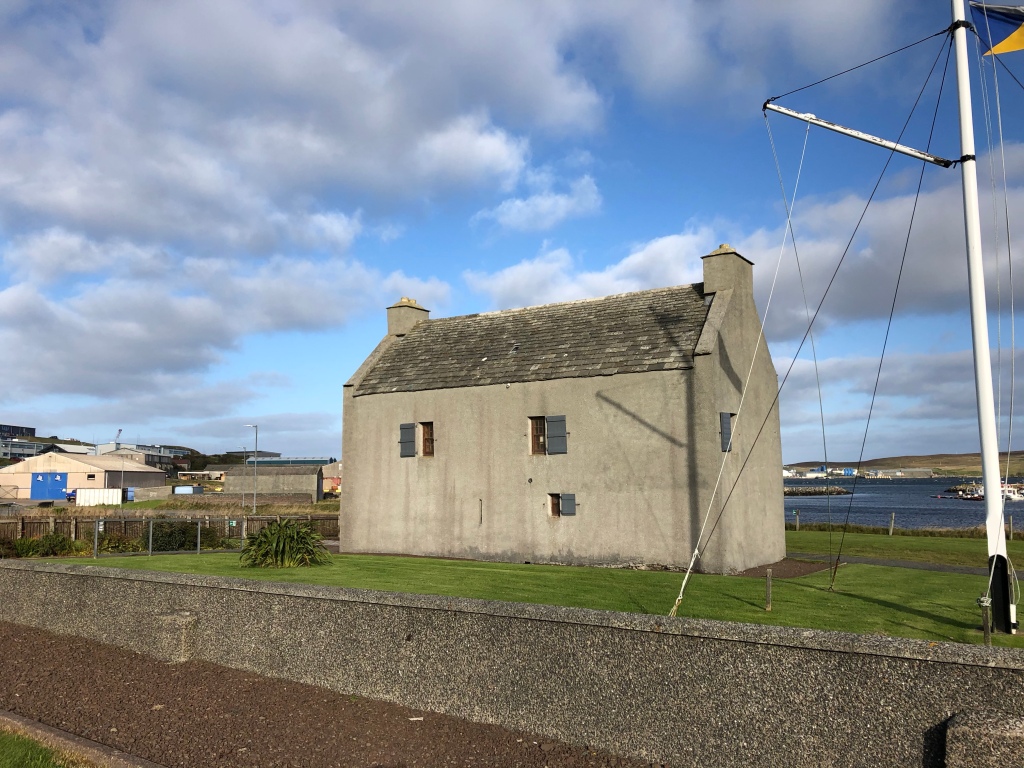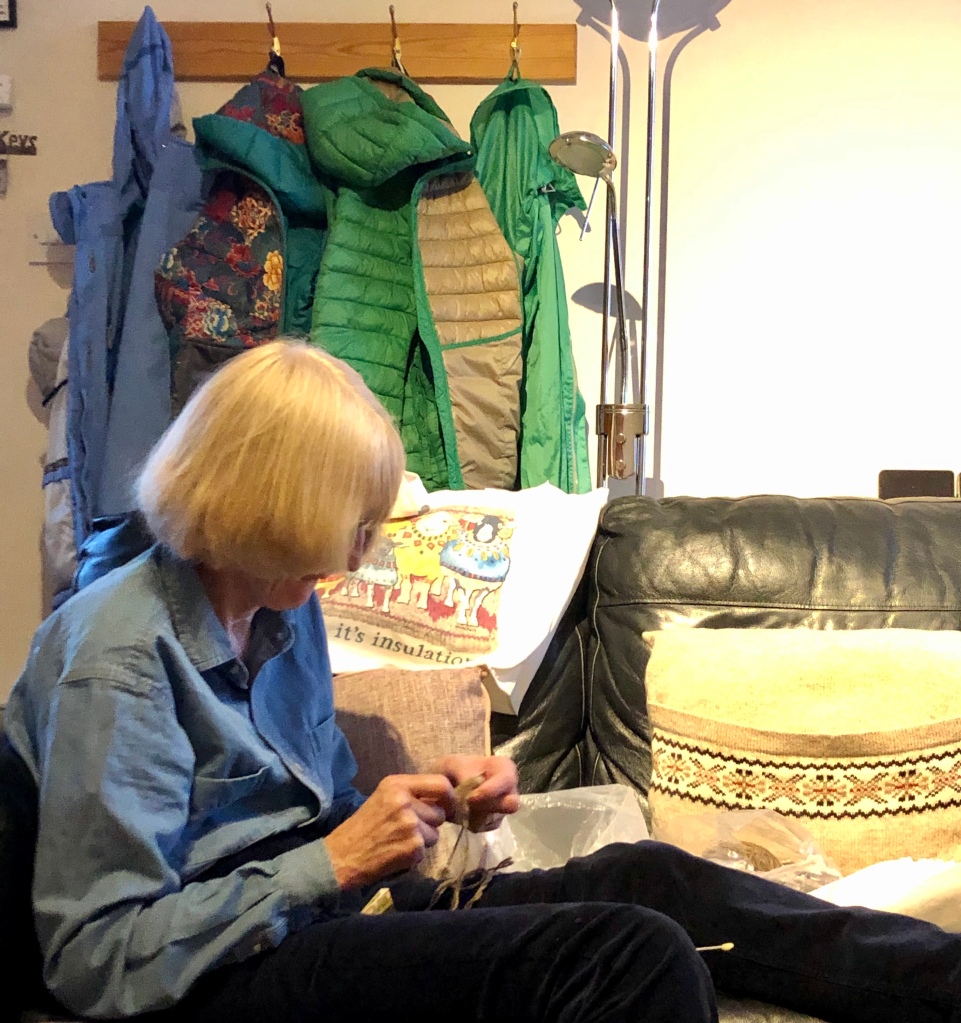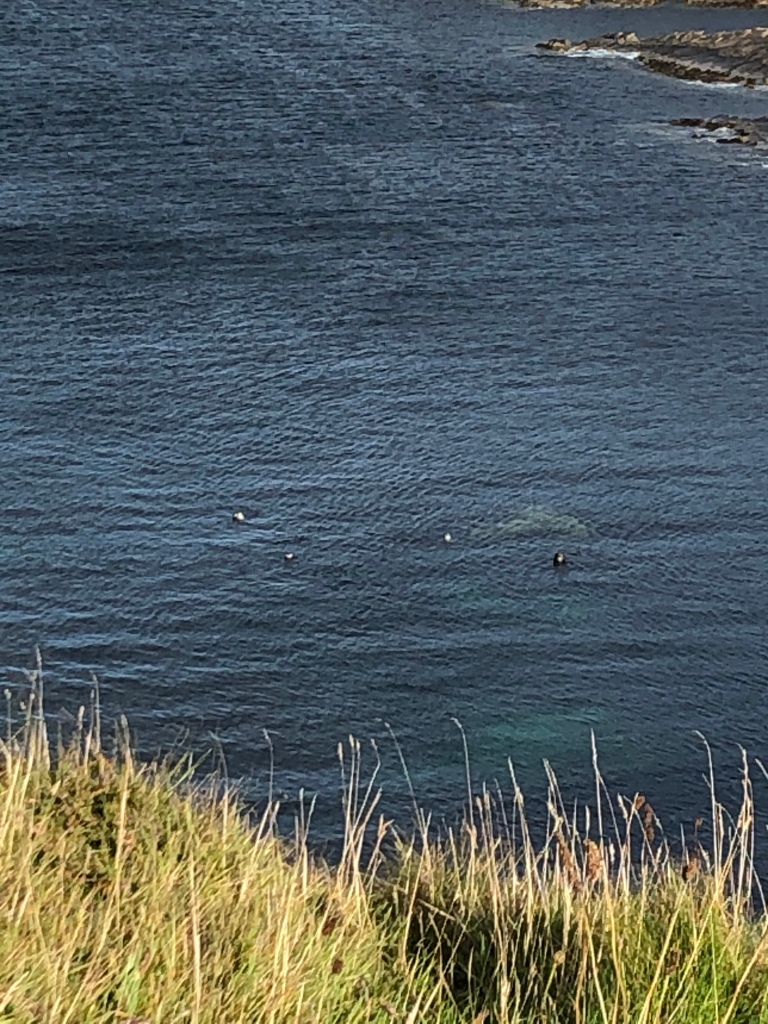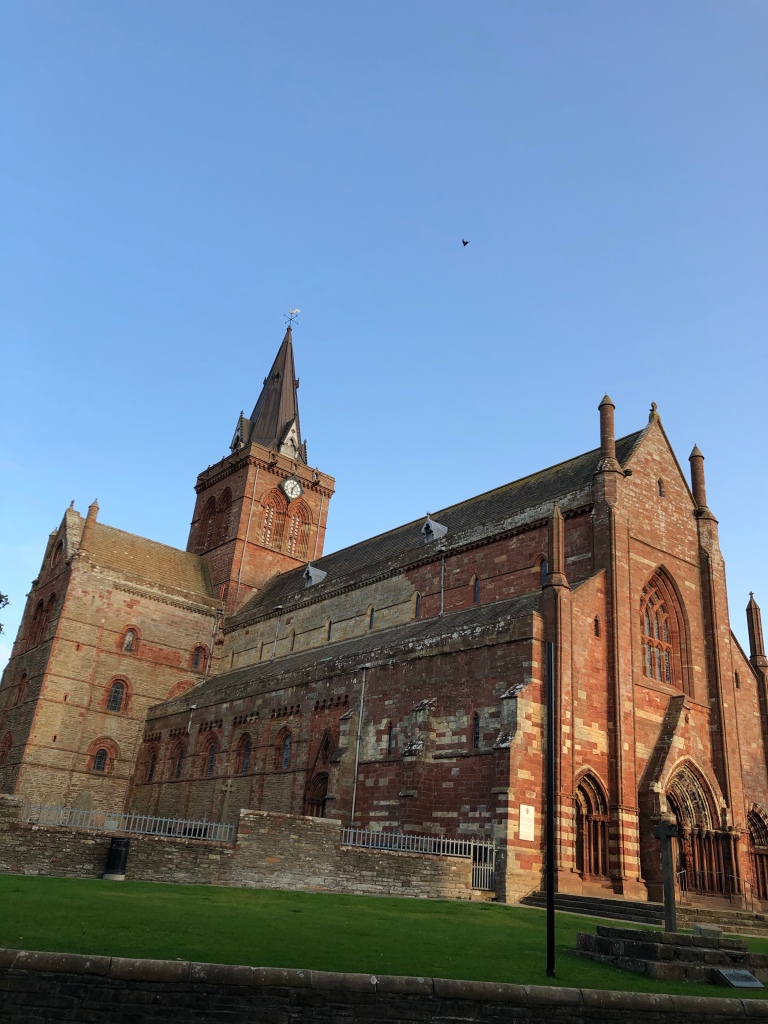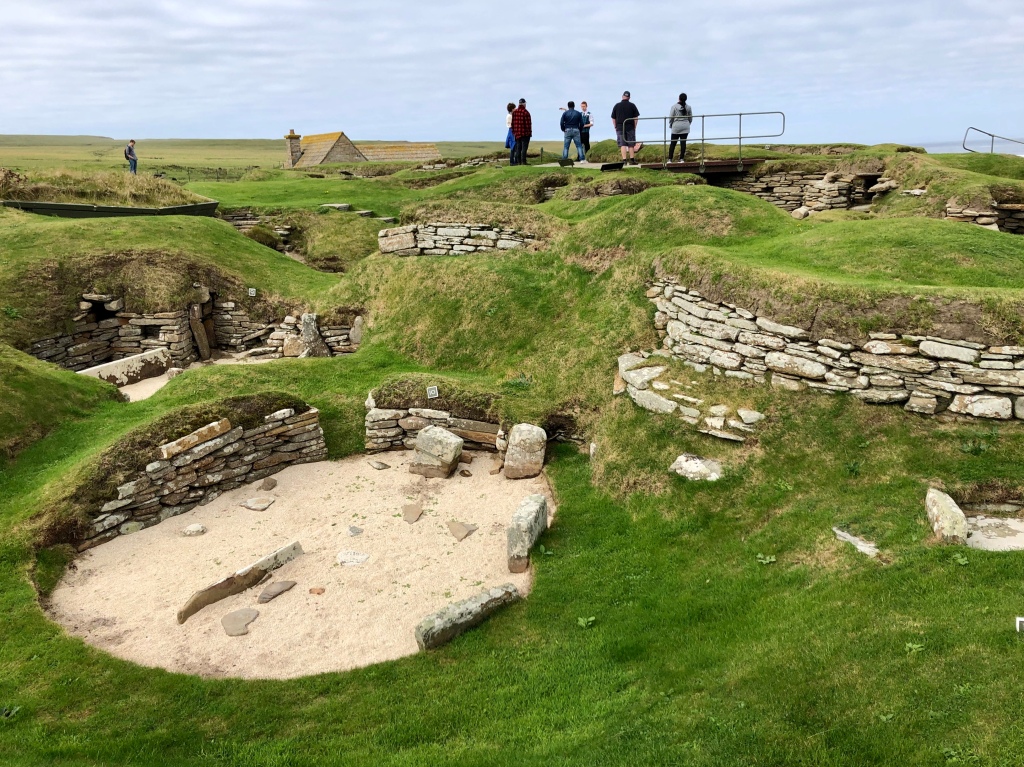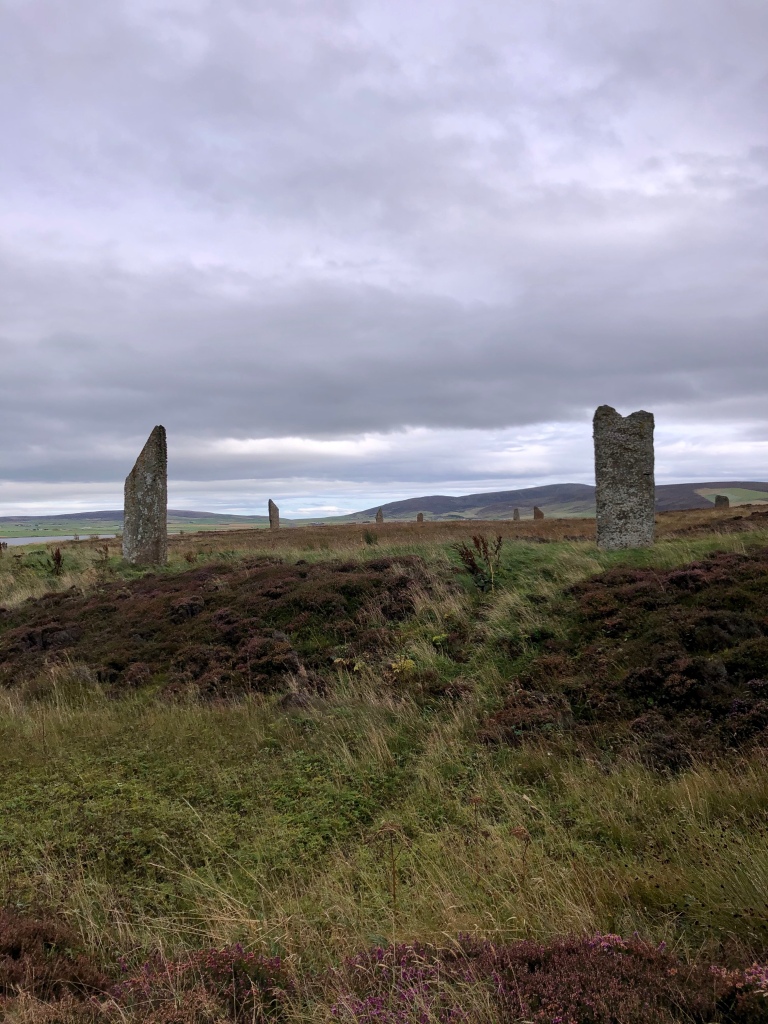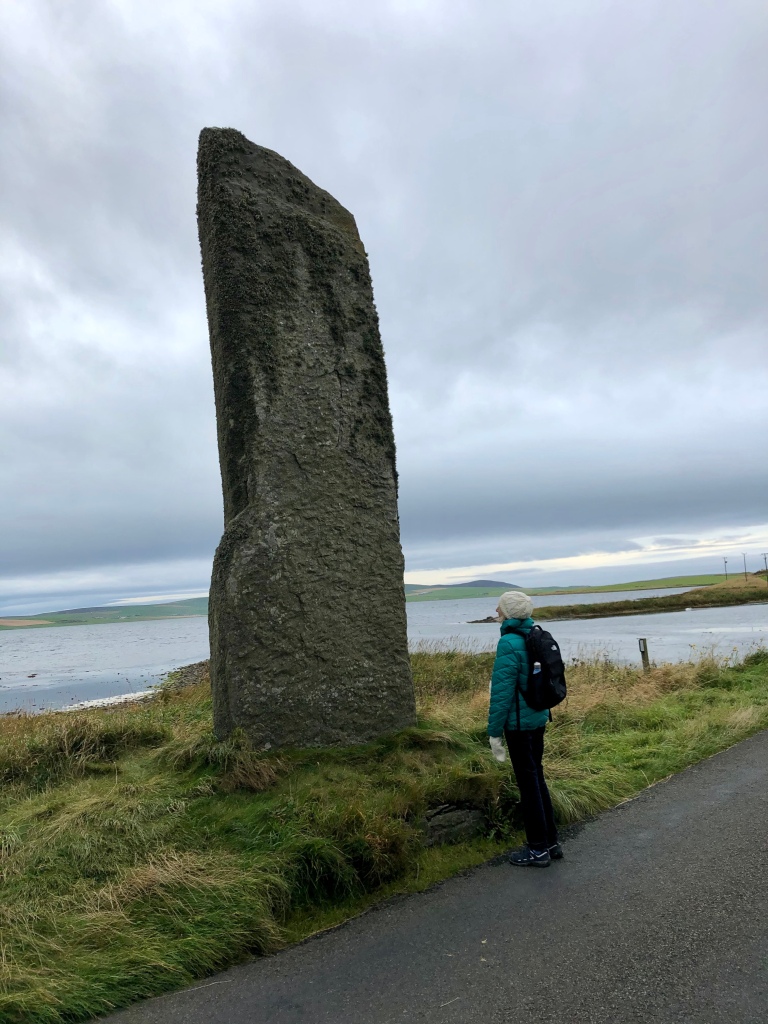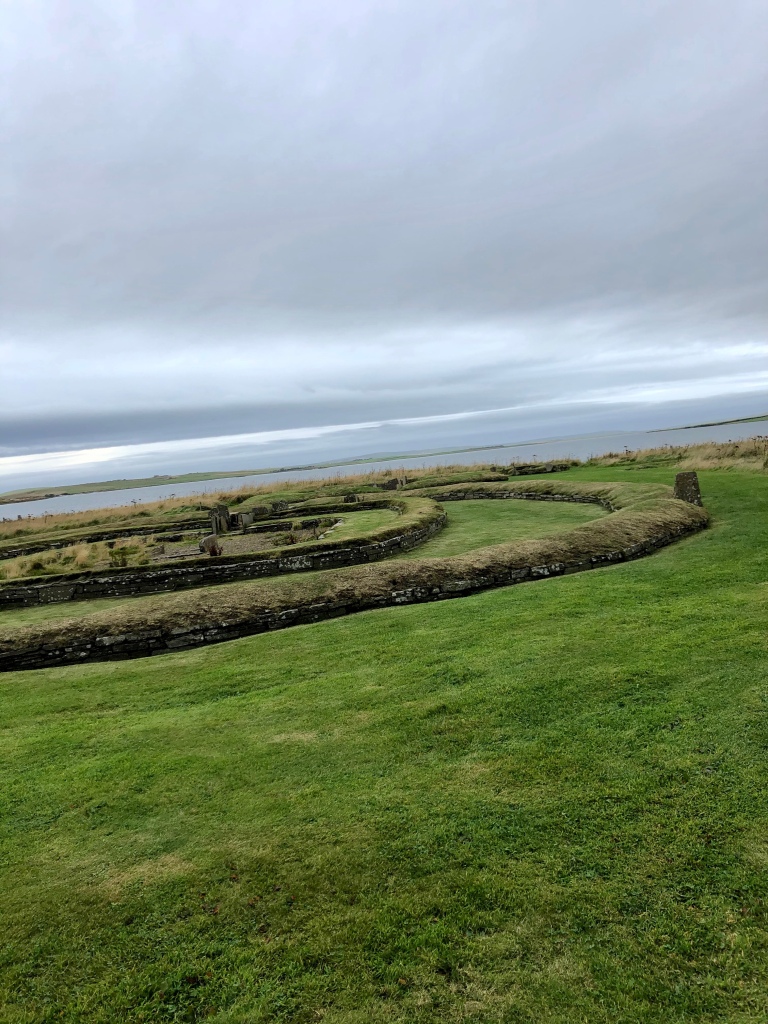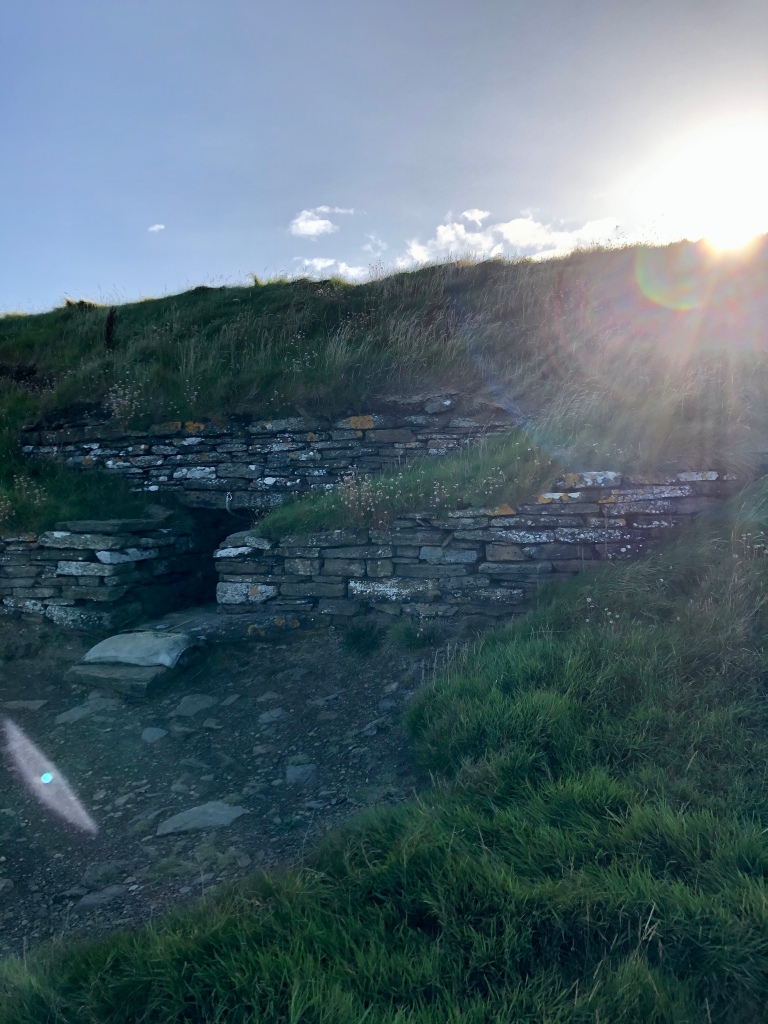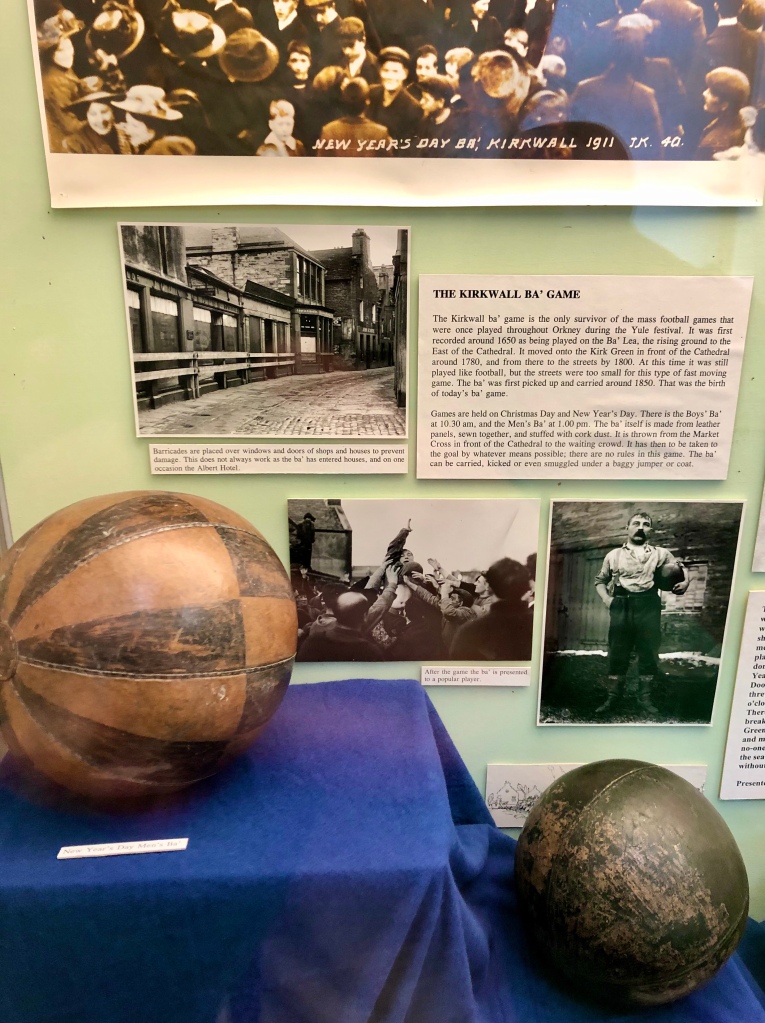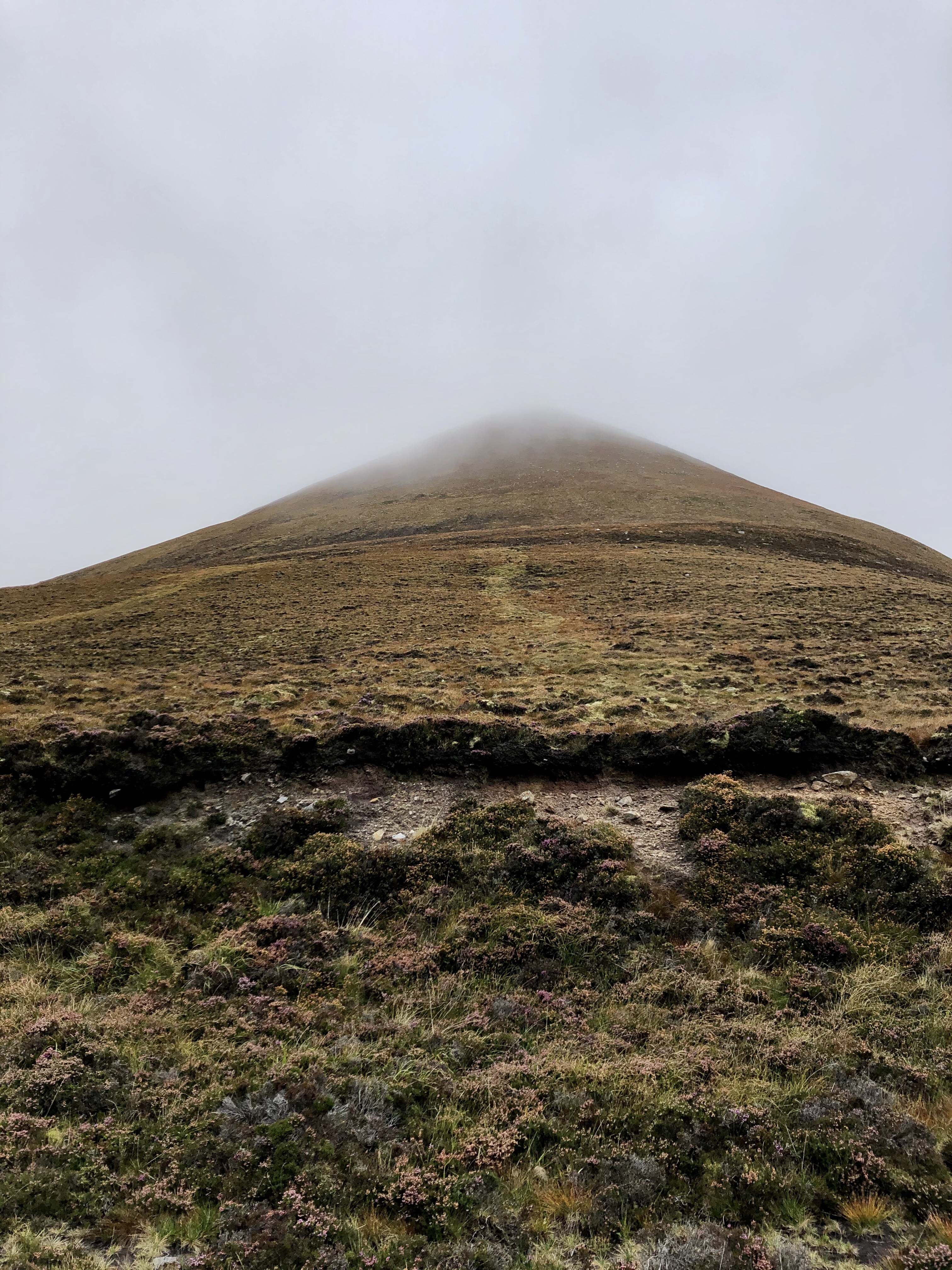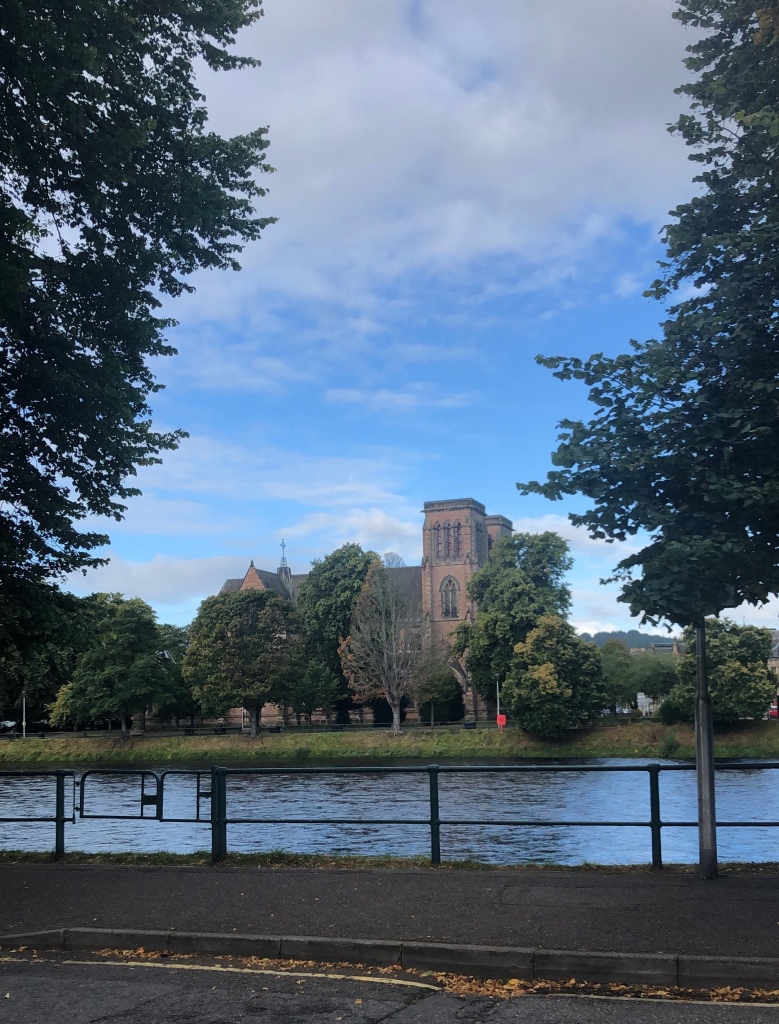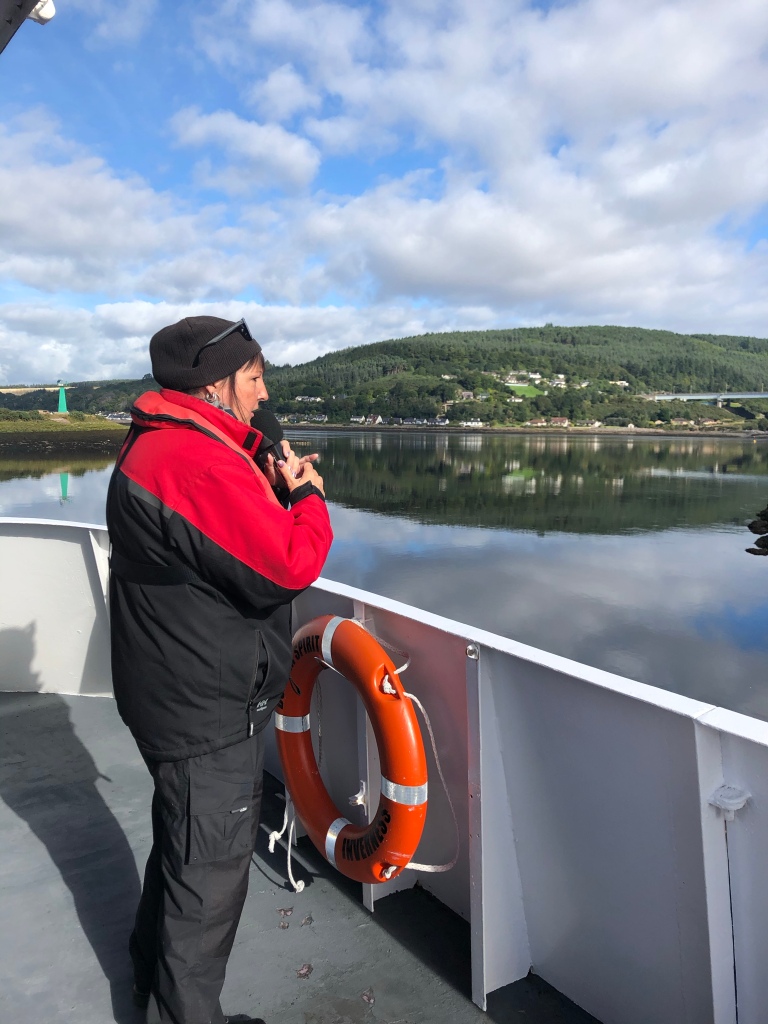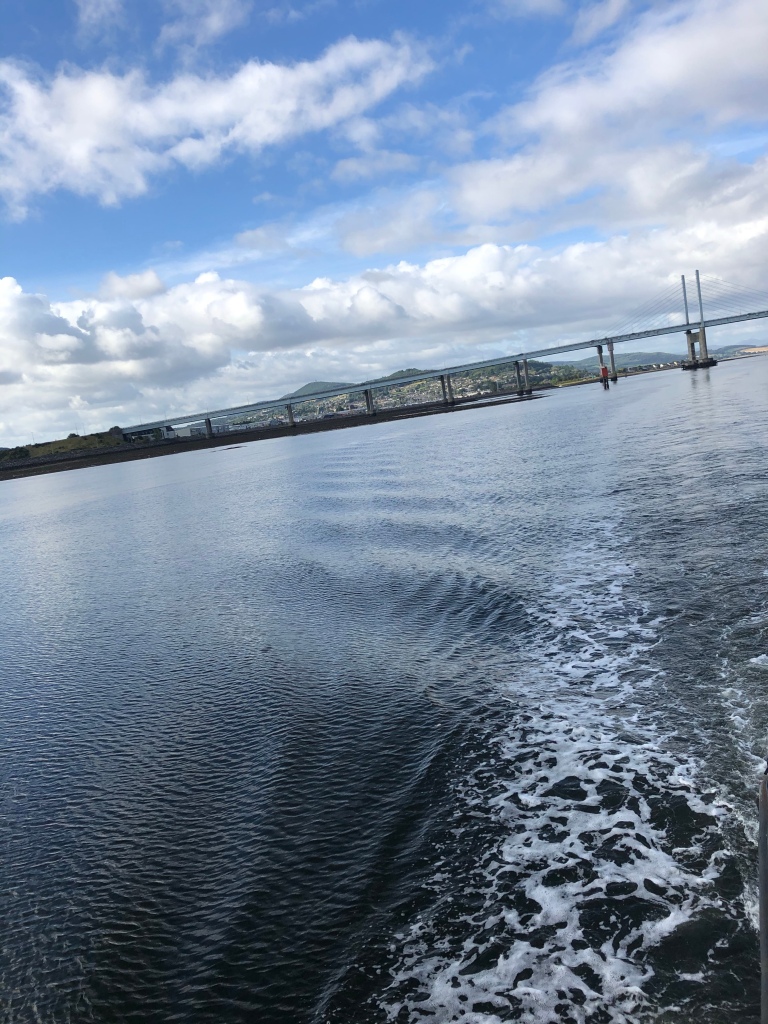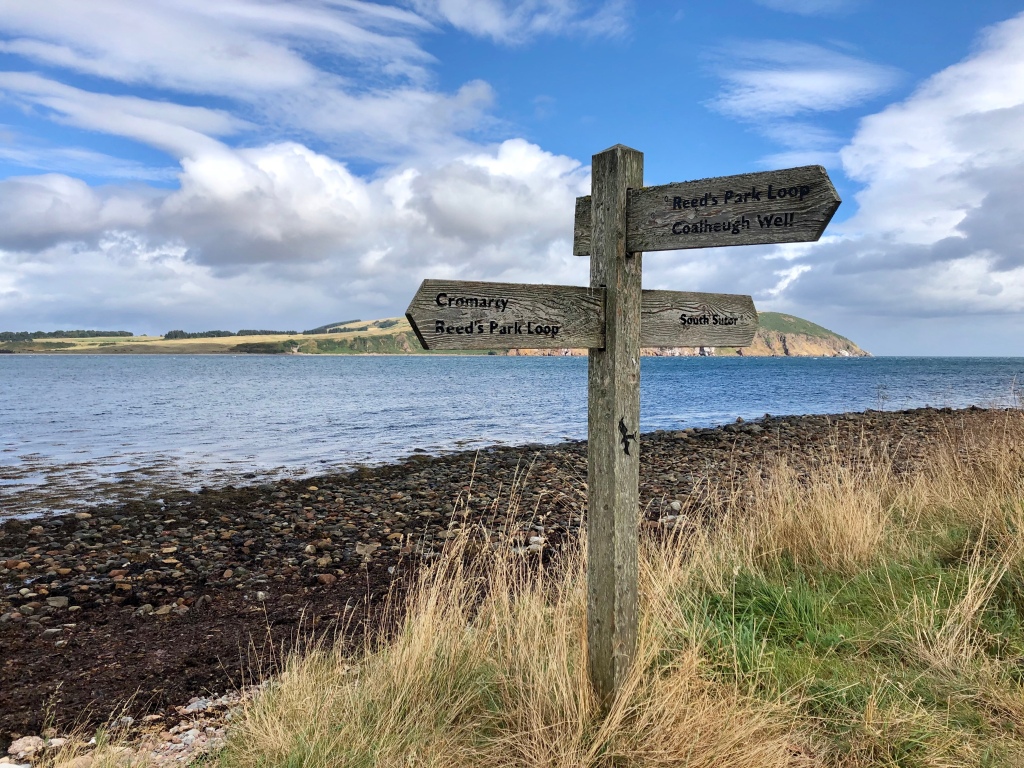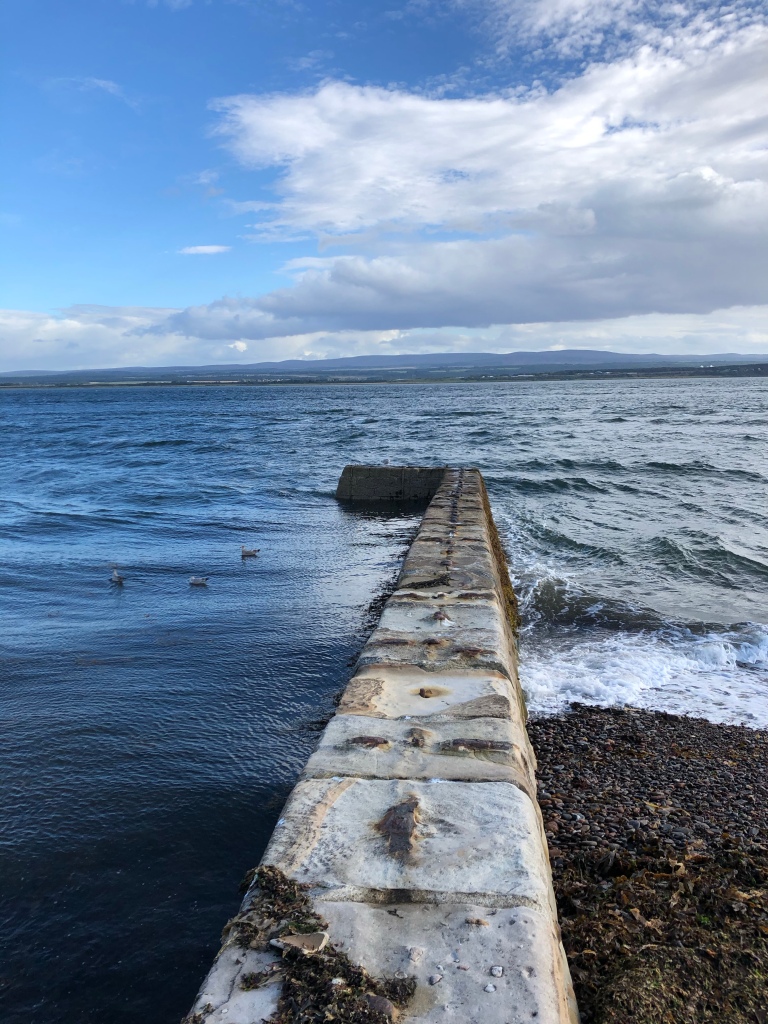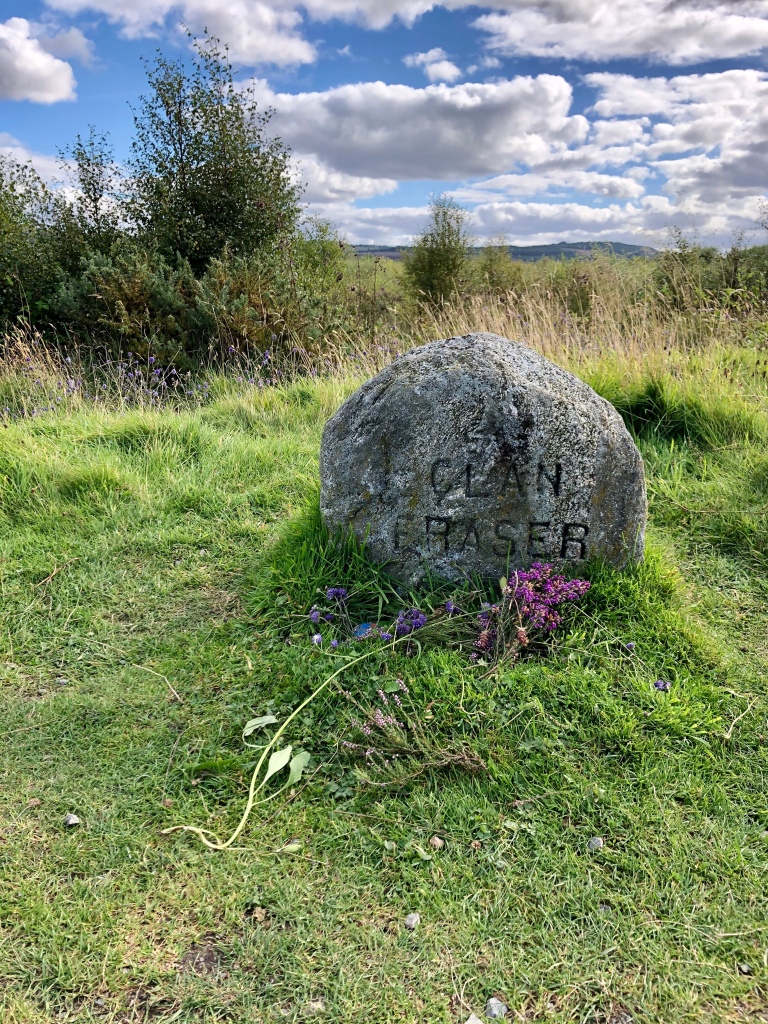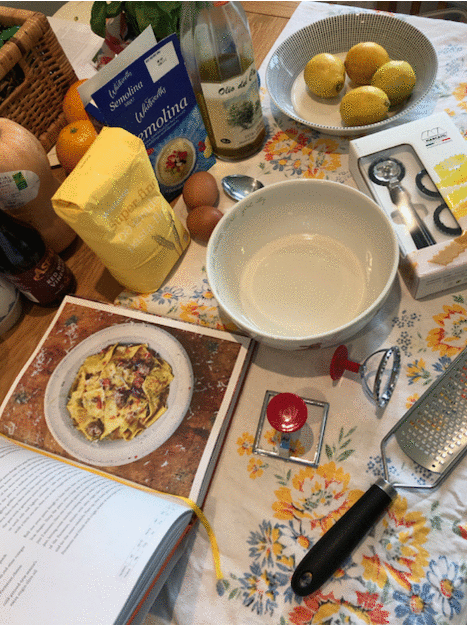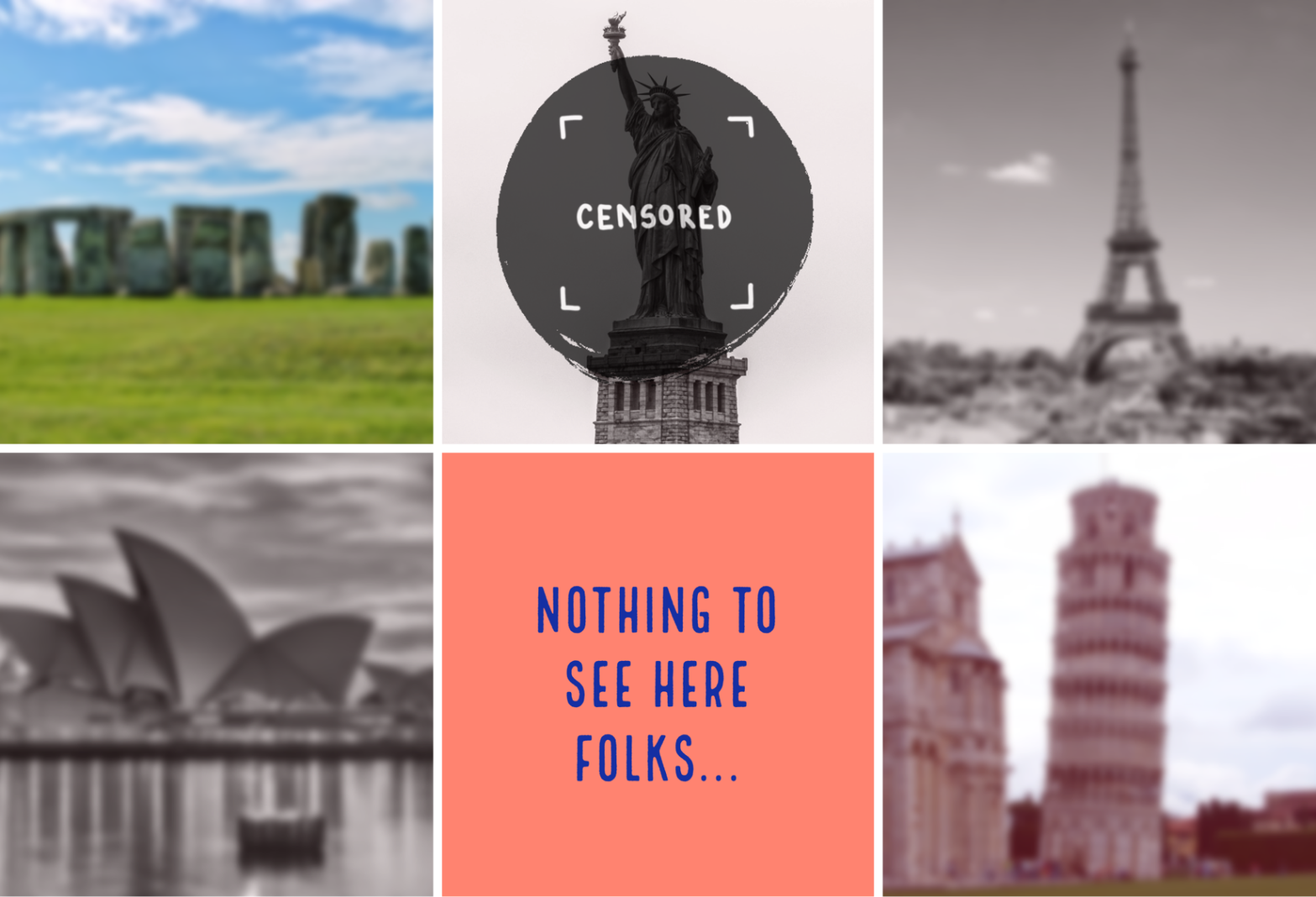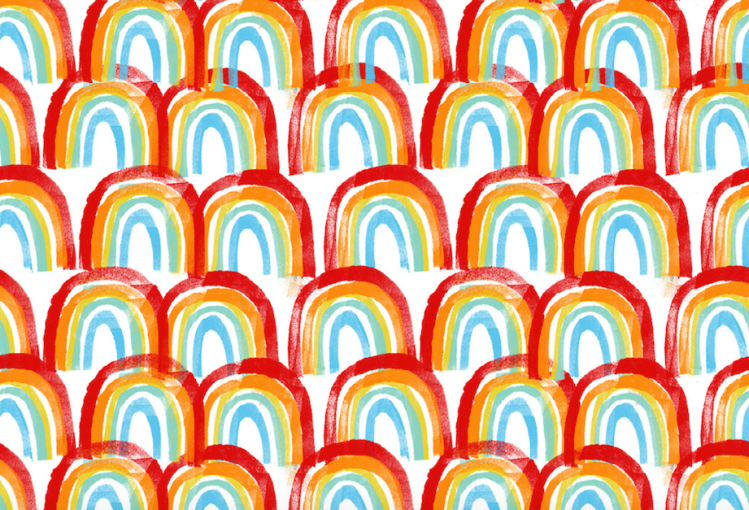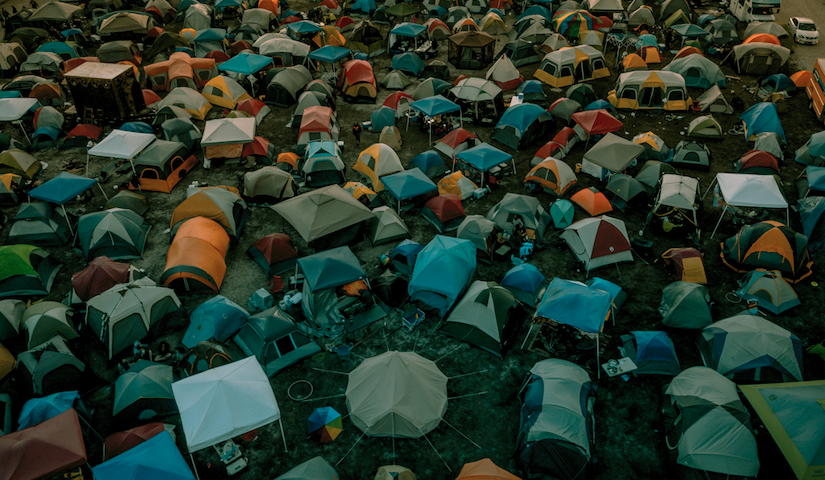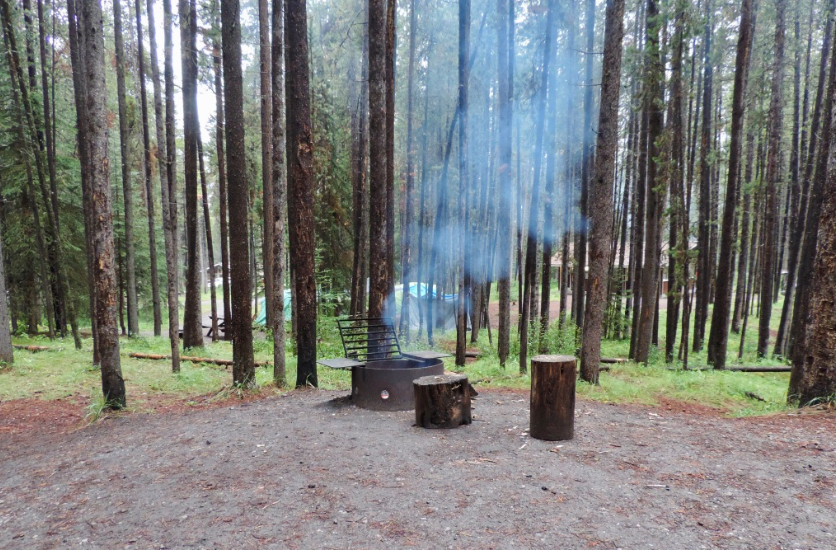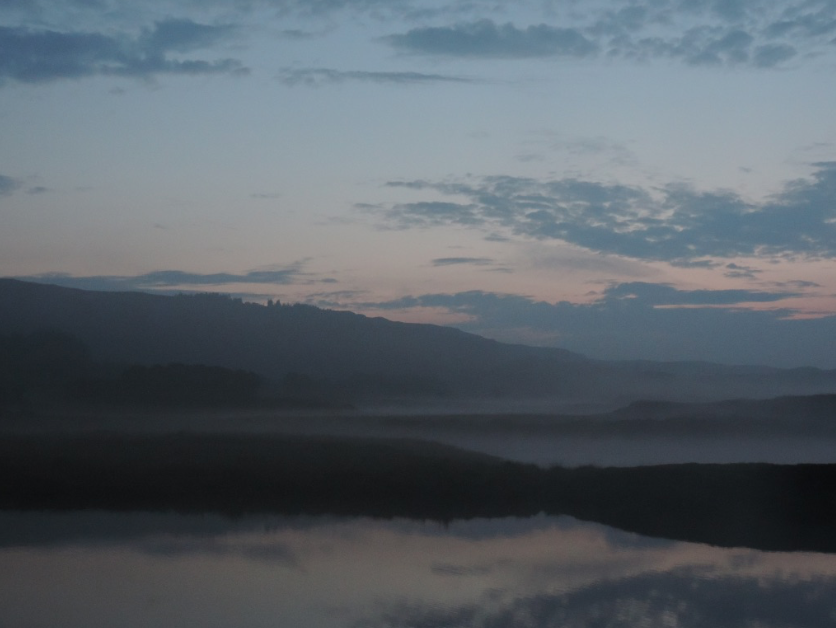This weekend I had planned to share with you a journey from mountain and desert to modern stove and cooker. A tradition that dates back to One Thousand and One Nights and to the peak of the Islamic Golden Age. A joyous experience of cooking (and eating) using ancient methods passed down generations.
If you don’t mind, I’m going to go slightly off topic this week.
The US election results of the past week affect us all around the world, they don’t just concern the American people. Its outcome will shape foreign policy across the globe, not just in America. Where the US leads, many countries will follow, whether you agree that’s how it should be or not.
For that reason, I wanted to share some feelings of hope, trepidation, idealism and ultimately joy. Not just in the US, but in the UK too. You might wonder why I would feel joy when there remains such open and raw division in politics and so much work to do. Read on.
Good news.
A man who has faced great personal and political losses. Who in his 8th decade has led a moderate-progressive coalition charge to bring political leadership back from the brink. Twice the failed presidential candidate and now the President-Elect.
A woman who grew up the daughter of immigrants, who had to prove herself ten times over to gain the same kind of respect often afforded easily to others in her field. Rightly lauded as the first woman, the first black woman, the first South Asian woman to be voted in as Vice President. She is clear that she doesn’t intend to be the last.
Yesterday’s projection that Joe Biden and Kamala Harris will lead America for the next four years was for me and so many around the world a huge moment.
A weight has been lifted, so the cliché goes. Whatever we have to deal with from now on, it’s just nice that maybe it doesn’t have to centre around one self-centred human being so much.
Challenge.
I say this recognising that one historic election doesn’t change the dark times we’ll all face in the weeks, months and years ahead, as Coronavirus cases continue to spiral way out of control, as do the destructive effects of climate change. Amazon.com is making its highest profits in history, while the Amazon Rainforest suffers its harshest challenges.
With a second lockdown here in the UK, travelling the world feels as distant a prospect as at the height of lockdown back in April. From our self-employed neighbours next door to the independent shop owners on our high streets, and from the bartenders and waitresses who won’t be taking our orders on holiday to the tour guides who might have shown us their beautiful corner of the world time zones away. They are fighting to keep afloat.
Division.
Right now, those of us who want the Democrats in America to succeed long term have to face the fact that the second-most-voted-for presidential candidate in history is Mr Donald J Trump.
Just under half of America wanted him back for a second term and the all-important Senate is likely to remain Republican for at least the next two years (though all eyes will be on Georgia’s senate race rematches from now until January).
So, while Biden and Harris have promised that their leadership will be for all Americans, it remains to be seen if they can bring the country closer together. It’s not just up to them though. Both halves of this divided country have got to agree that there is more value in finding common ground than there is in relishing being polar opposite of one another.
Tribes.
Late in 2019 I went to an LSE event with Labour MP for Tottenham David Lammy, promoting his new book Tribes: How Our Need to Belong Can Make or Break Society.
His remarks made such an impression on me, particularly his belief that if we can bring about more cohesion within communities. His suggestion is for a compulsory ‘national civic service’ and a citizens’ assembly as a way to reduce the ‘them and us’ mentality, and improve society together. As he writes of Brexit Britain:
‘Diversity, immigration and technological progress can be hugely positive, but when they break down shared ways of life and social cohesion, it is understandable that people get defensive.’
He speaks firmly too about the extent to which social media has globalised and entrenched tribal identities, with detrimental effect.
My thoughts? There are no easy answers to the question of how to cool the cancel culture that holds court online, or the extremism of the alt-right. The lid is off. But enforcing the dismantling of Facebook’s dangerous adverts algorithm and implementing tougher guidelines on dealing with hate speech (doing so with full transparency) is a place to start.
But what about how we act as individuals?
Respect.
If you would normally resolve to yourself that ‘they behave worse than us’, perhaps it’s time to question why you have that perception. Who are ‘they’ really? And how often do any of us really take the trouble, or have the opportunity, to speak to people in real life outside of our friendship and family groups? Our perceived social groups?
I include myself in the equation when I say that we would find more that brings us together than separates us, and have more respect for each other if we shouted less on Twitter and spoke more in person. Leaning less on those whose views we already share and instead seeking out the opinions and anxieties of people we shy from or discredit.
Respect has to work both ways of course.
And we’ve got to be prepared to compromise and respect differences of opinion, or at least do more to understand rather than simply dismiss.
And practically, how to meet more people in our communities? Volunteering in the community is a brilliant place to start, even during a pandemic. I for one am looking at volunteering opportunities in my local area on the website doit.life/ours.
Why the joy?
‘When you do things from your soul, you feel a river moving in you, a joy’ – Rumi
There was so much at stake in the US election and I followed it about as avidly as any non-American, non-politics student feasibly could. I resolved when I woke up the day after the last election not to allow myself to simply be a bystander but to educate myself more about the US election system and be as involved in spreading the word and batting down misinformation as I could be. I’ve lived and breathed the entire election cycle.
And it has been tiring.
Not just the past four million years / four years as a whole. The fear last Tuesday night, the drawn out results, the close calls, the increasingly batshit ravings of a defeated one term president who can’t countenance defeat and is probably at his most dangerous now and into January. (I’m afraid he is an exception to my rule of respect).
And yet I feel joy.
*Joy that so many wonderful campaigners and advocates and volunteers’ hard work has paid off. They were truly the difference between win and lose. *Joy and relief that election day itself went ahead relatively calmly, despite threats of vigilantism. *Joy that a state like Georgia, long a victim of voter suppression, might flip Democrat, something many dared to hope would happen. *Joy for Clayton County. Formerly represented in Congress by the late, great civil rights campaigner and politician John Lewis (a staunch critic of Trump), its votes are what pushed Biden slightly ahead of Trump in Georgia on Friday morning. *Joy in knowing that America will return to the Paris Climate Agreement, that science and reason will regain a foothold with the announcement of Biden’s Coronavirus task force (and by the way have you seen today’s excellent vaccine news?) *Joy for the end of the Muslim travel ban and a return to a welcoming immigration policy. *Joy that the next president wants to solve racial inequality, not fuel it.
Face it.
We knew these were Biden’s positions, but now he has the mandate to act on them, especially if his final electoral college tally reaches upwards of 300. We know the Biden Harris administration faces enormous challenges and pushback from Republicans, and the Supreme Court could at any point peel back the strides made towards universal healthcare and the right to choose an abortion. No illusions.
As for the outgoing president? He wants us to feel fear and discord at how close he came to re-election. It’s how he’s thrived these past years. We have to face it down with optimism and by rolling up our sleeves for the toughest challenges which are yet to come.
‘You gain strength, courage, and confidence by every experience in which you really stop to look fear in the face. You are able to say to yourself, “I lived through this horror. I can take the next thing that comes along.” – Eleanor Roosevelt
_____
P.s. if you’re wondering at my choice of picture above, it was partly the catalyst for writing this piece. I deliberately waited until the election had been called to unwrap a painting I bought in September by up and coming artist Laura Gee. Its title? The Joy of Life.




